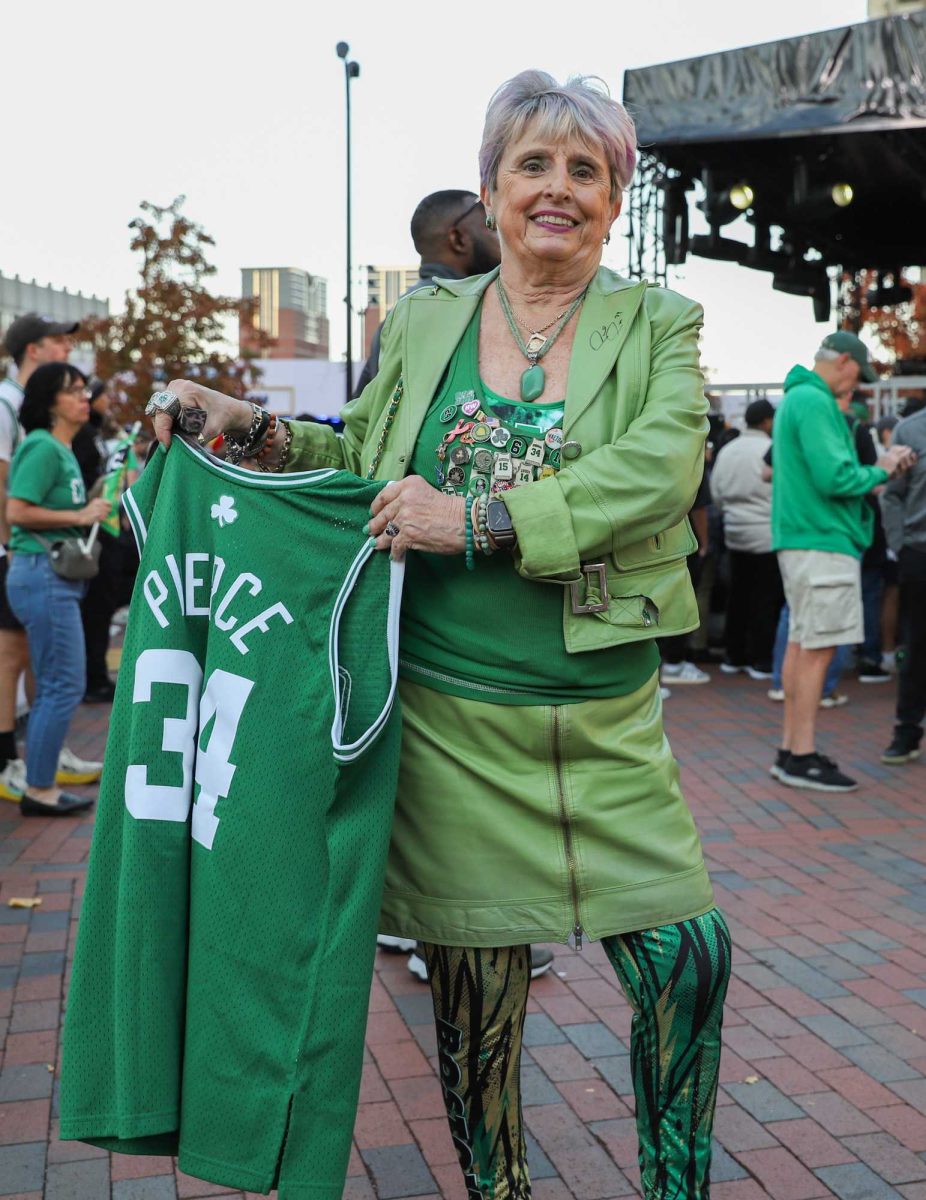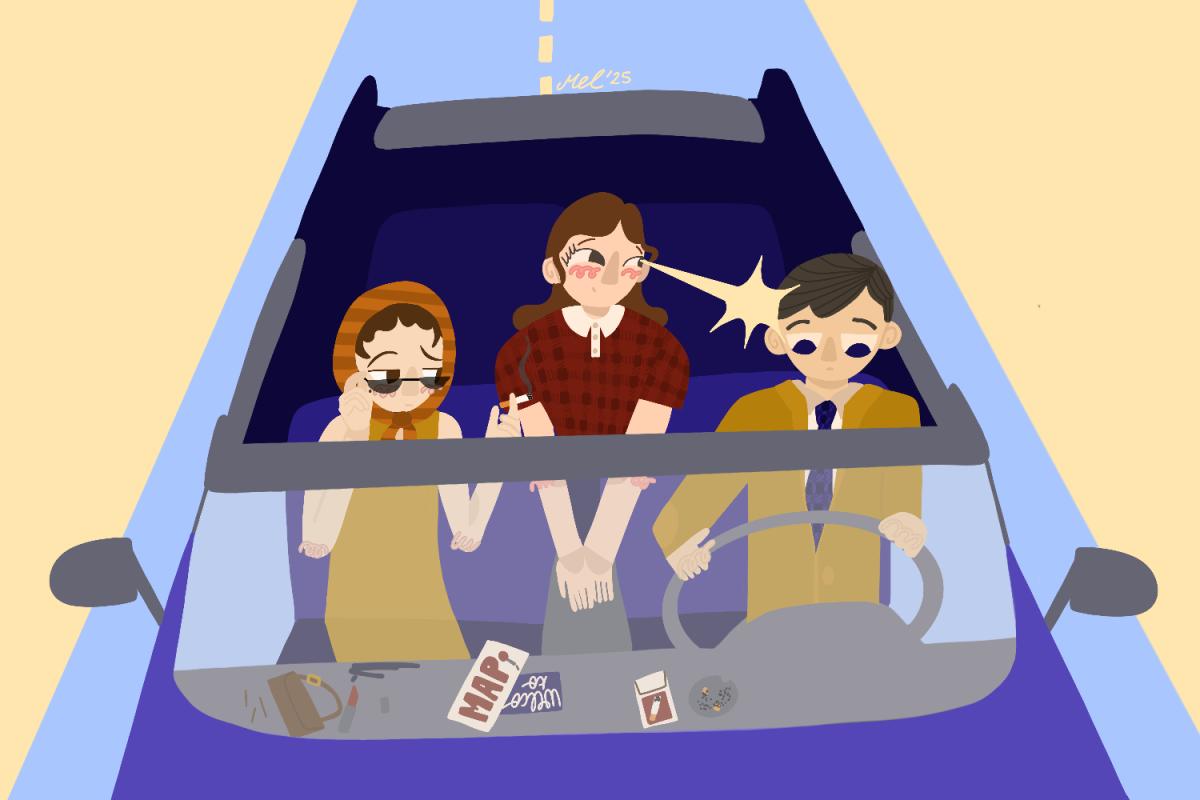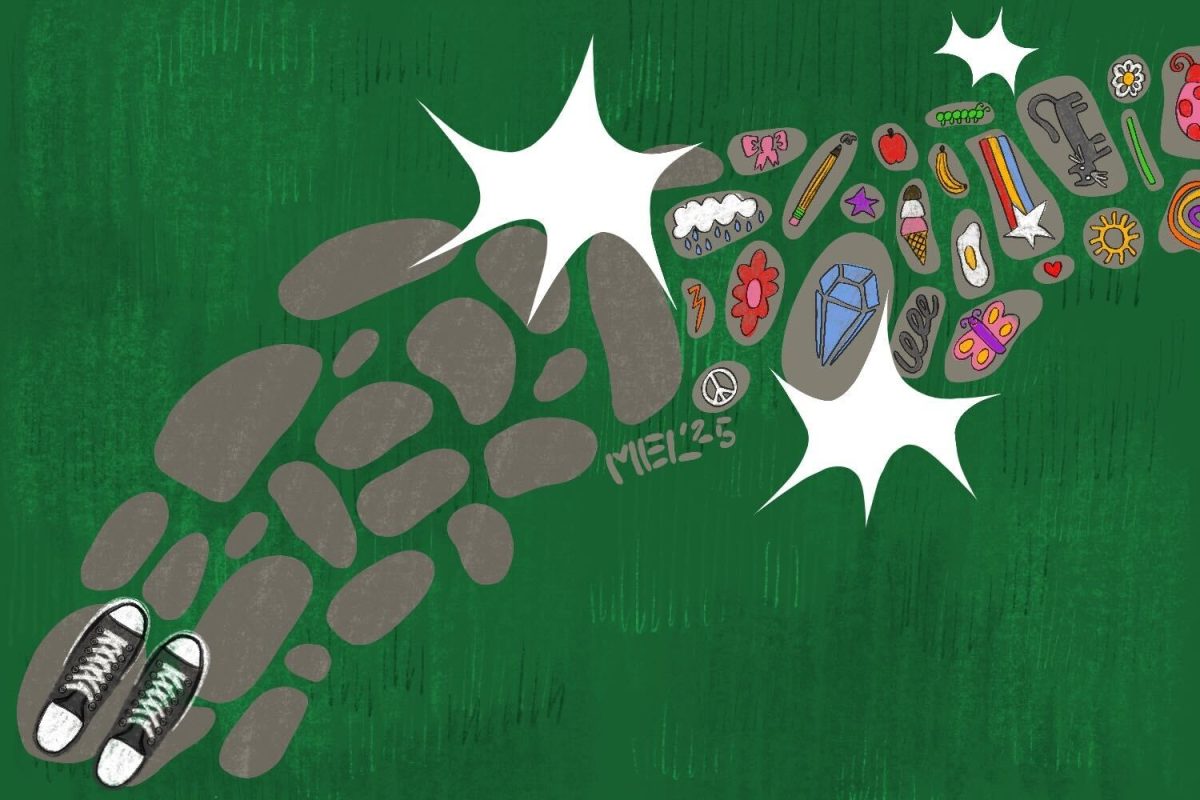When someone dies, when you look over to where they once were, what will strike you is void — a vacuum of absolute space, abruptly shorn of the matter that once progressed its time. Time stands still.
You look over at that place, a place once heard through common elate laughs in the day and sedate breaths in the night, a place once felt through exchanges of play wrestles and tickles, filling the absolute’s austerity with joyous absurdity.
At once, that place now has nothing. There is no where, no when, no what. There is no color but darkness. The only breath is your own. In the brisk air, you see its clouds. The cold fills the empty black.
Despite our best attempts to transcend the constraints of our human condition, including our natural life span, the immanence of death oppresses it. We are all born, and we will all die. And because human beings share naturally fulfilling attachments to one another — this phenomenon more popularly expressed through our designation of “social creatures”— it follows that we will all also experience grief at one point in our lives.
The universality of bereavement lends its way to its interpretations in art or theory. Perhaps one of the most embraced interpretations in the dawn of the postmodern era was fostered by the 1969 work “On Death and Dying” by Elisabeth Kübler-Ross. This model is causally and temporally structured in its griever’s affect of five emotions — denial, anger, bargaining, depression and acceptance. Under the model, grievers’ proximity to lucidly accepting the reality of death is mapped by each linear passage of emotion.
But new mappings have since then emerged.

In very recent films, Ari Aster’s “Midsommar” and “Hereditary” offer theories of grief that are particularly unorthodox.
In both narratives, the conflict is catalyzed by the protagonist(s) facing of the premature death of at least one family member in circumstances that are sudden and subject to societal stigma — driving under the influence and murder-suicide, respectively.
Both plots do not propel through any such rigid adherence to the protagonist’s emotions — grief disturbs their experiential access of their emotional selves. It numbs their sense of touch to the physical world. It is precisely their insensitivity to the real that makes them sensitive to what is not real— magic.
The detachment of grievers to sense is replaced by their sensitivity to eccentricity and esotericism, which Joan Didion references in the title of her 2005 autobiographical memoir, “The Year of Magical Thinking.” Having lost her husband to an unanticipated heart attack, what may be construed as denial is counteracted by Didion’s outward composure, devoid of emotional expression.
Still, her deceased husband’s belongings and his organs are bestowed mystical powers. His resurrection, to Didion, is contingent on her maintaining the relics of her husband as what can be read as a tributary ritual.
She writes, “I needed to be alone so he could come back.”
Solitude serves as comfort in death’s wake. The universality of grief in contrast to other agonies renders the grieving process one of the few pains that can be bandaged by social attachments.
However, those who have lost their loved ones to circumstances that are unusual in their suddenness or taboo nature may not find the understanding they need in other grievers. These grievers may find more accommodating shelter in their isolation.
Isolation and emotional detachment as empirically evaluated in the field of psychology correlate to the prefigurations of madness. In terms of psychoanalysis, a clinical loss of displayed emotion is referred to as “flat affect.” Flat affect is most often symptomatic of psychotic illnesses, such as schizophrenia, or illnesses that yank sufferers from the present in repetitively simulating historical agonies, such as post-traumatic stress disorder.
Studies demonstrate early life bereavement and/or loss due to a loved one’s suicide to having an inordinately high accompaniment to the development of psychosis.
John Berryman, who had lost his father to suicide by gunshot, translated the ghosts of his grief into haunting poetry.
Though much of Berryman’s lyric contains a laconic diction, there are some in which his expression of grief abhors emotion’s understanding or attachments for the surrealist and hallucinatory, such as in “The Song of the Demented Priest.” He writes, “Afterward the violent and formal dancers / Came out, shaking their pithless heads. / I would instruct them but I cannot now,— / Because of the elements. They rise and move, / I nod a dance and they dance in the rain / In my red coat. I am the king of the dead.”
And, “the clouds, the clouds are torn / In ways I do not understand or love. / Licking my long lips, I looked upon God / And he flamed and he was friendlier.”
The death of a loved one leaves us in dark rooms filled with empty void, but cold pure negation cannot exist without the fire of creation. From the dark emanates wild visions and untamed imaginations that flicker and flare to life and breathe into us at different poles creativity, openness, superstition and insanity. To try and defend Kübler-Ross by postulating that “magical” grief is always representative of the “denial” stage is mistaken — acceptance and psychic instability do not only avoid contradiction, but can easily be seen as sharing a causal relation.
The grand narrative of grief as only a sequential, paralyzing melancholy is outdated. Its rewrite as an inspiring, if not painful, mania is past due.























































































































